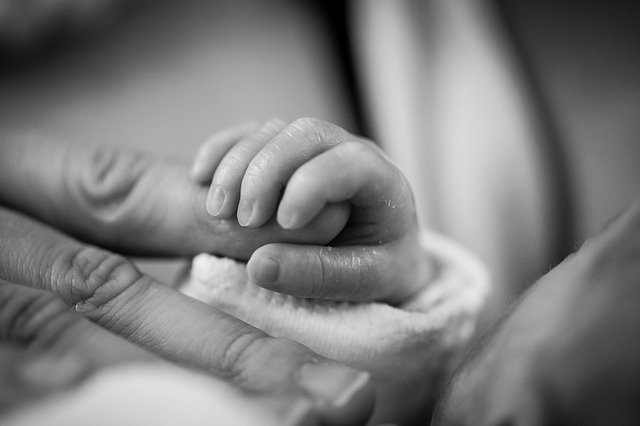
The CIC nanoGUNE Nanoengineering Group has developed a new technology that allows non-invasive and continuous monitoring of the physiological risks of babies during birth in real time. This technology helps obstetricians make quick decisions and thus reduce the growing number of caesarean sections around the world.
Worldwide, the number of newborn deaths is 4 million, of which 23% are caused by perinatal asphyxia. The decision to perform a cesarean section is based primarily on an invasive blood pH and lactate test performed using a blood sample from the fetus's scalp during delivery. The method currently used works discontinuously and requires an excessively long measurement time, resulting in a considerable number of failures. The caesarean section rate is considerably high, while the number of adverse neonatal outcomes remains unchanged. Despite the recommendation of the World Health Organization (WHO) not to exceed the 15% rate of cesarean sections, the world average is around 22%, even reaching 40% in several countries. The WHO also states that caesarean section rates above 10% are not associated with reductions in maternal and neonatal mortality rates, quite the contrary.
"Our technology is based on the combination of Raman spectroscopy, equipped with specific probes for each application, and multiparametric machine learning algorithms that take into account the systemic image of physiological variations or abnormalities, compared to current technology, in that a single parameter, such as pH or lactate, serves as the basis for decision-making ", explains Andreas Seifert, ikerbasque researcher and head of the nanoGUNE Nanoengineering group. "Raman spectroscopy is a very specific vibratory spectroscopy method - he continues - and can detect changes in biochemical parameters directly or indirectly. Using machine learning and considering all the biochemical changes, a much more sensitive and stable classification of the disease states and the prediction of specific parameters associated with perinatal asphyxia ". "With our technology," adds Andreas Seifert, "caesarean sections and health risks during birth could be minimized, along with associated administrative costs and social and legal implications."
Ion Olaetxea, whose doctoral thesis is part of the development of the project, emphasizes the innovative and distinctive characteristics of the technology: "We did not find direct competitors. Non-invasive, real-time and continuous surveillance provides us with a tangible competitive advantage that allows us to differentiate ourselves from current diagnostic methods ".
The idea of perinatal risk surveillance was born in an ongoing joint project, which began in 2017, with the Basque Institute for Health Research Biodonostia and in which a multidisciplinary team of physicists, biologists, chemists, biomedical engineers and obstetricians participate. The work plan includes the development of an optical device and specific software for data analysis; furthermore, systematic in vivo and in vitro experiments complement the development. As stated by Ainara García, head of Technology Transfer at nanoGUNE, "the technology is now protected by a patent application and presents a good level of preparation, which makes it attractive to private investors". "We are receiving interest calls from venture capitals who are attracted to our technology," she adds. Furthermore, "the technology has been awarded in phase 1 of the BBK Venture Philanthropy program -the BBK Venture Philanthropy program aims to promote the entrepreneurial spirit and investment with social and environmental impact in Bizkaia- and shows that the market is prepared to absorb alternatives to conventional methods ", explains García. "Both mothers and babies will benefit directly during delivery from our developments" highlights the head of Technology Transfer at nanoGUNE.
"In addition to its application in obstetric care, the technology has high potential for many other disease patterns, such as sepsis, fatigue, cancer or infectious diseases. Even in the sporting goods industry, in particular in competitive sports, we see great potential for application, "says Andreas Seifert. "By changing the optomechanical design of the Raman probe and developing new classification and regression models, specific solutions can be made for each application," he adds.
.png)
